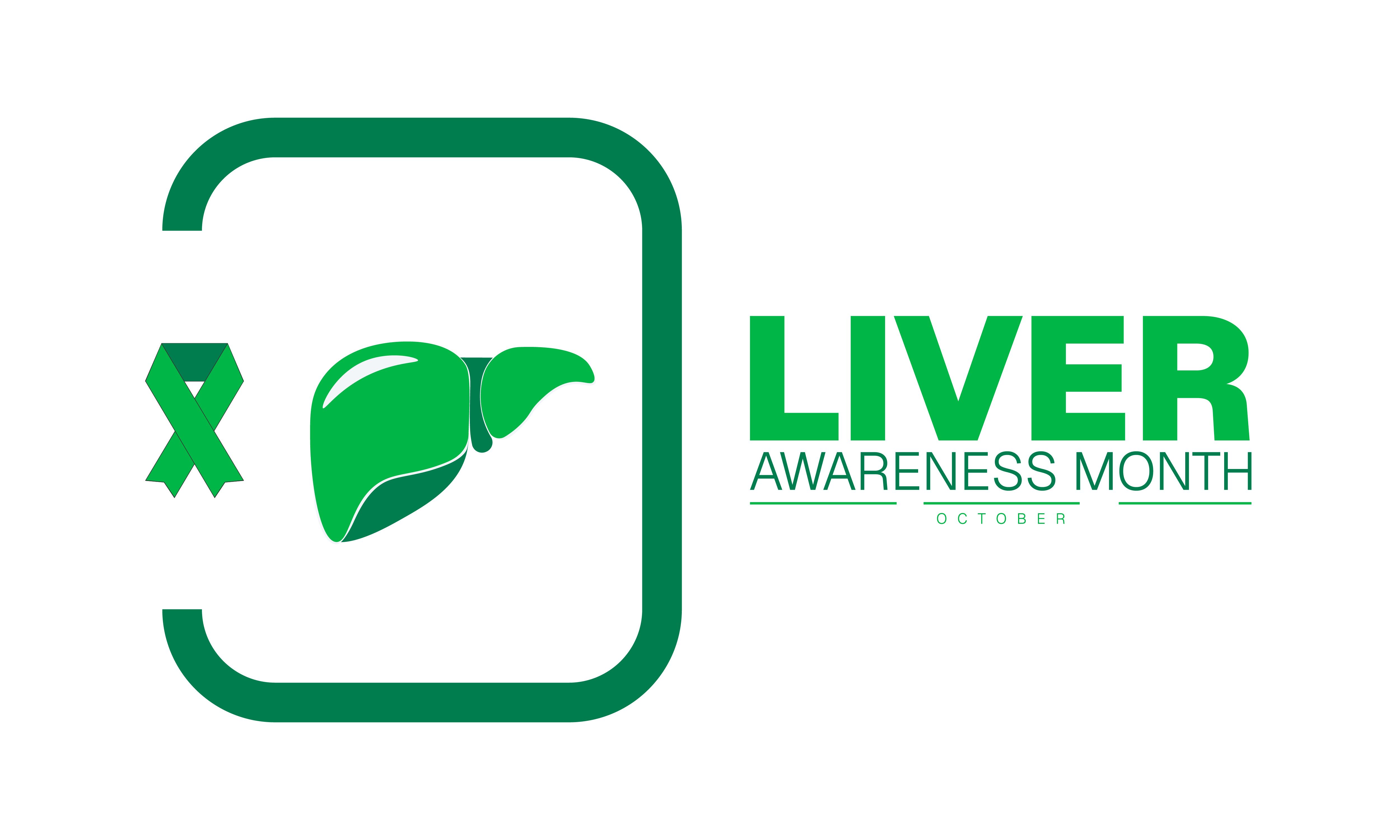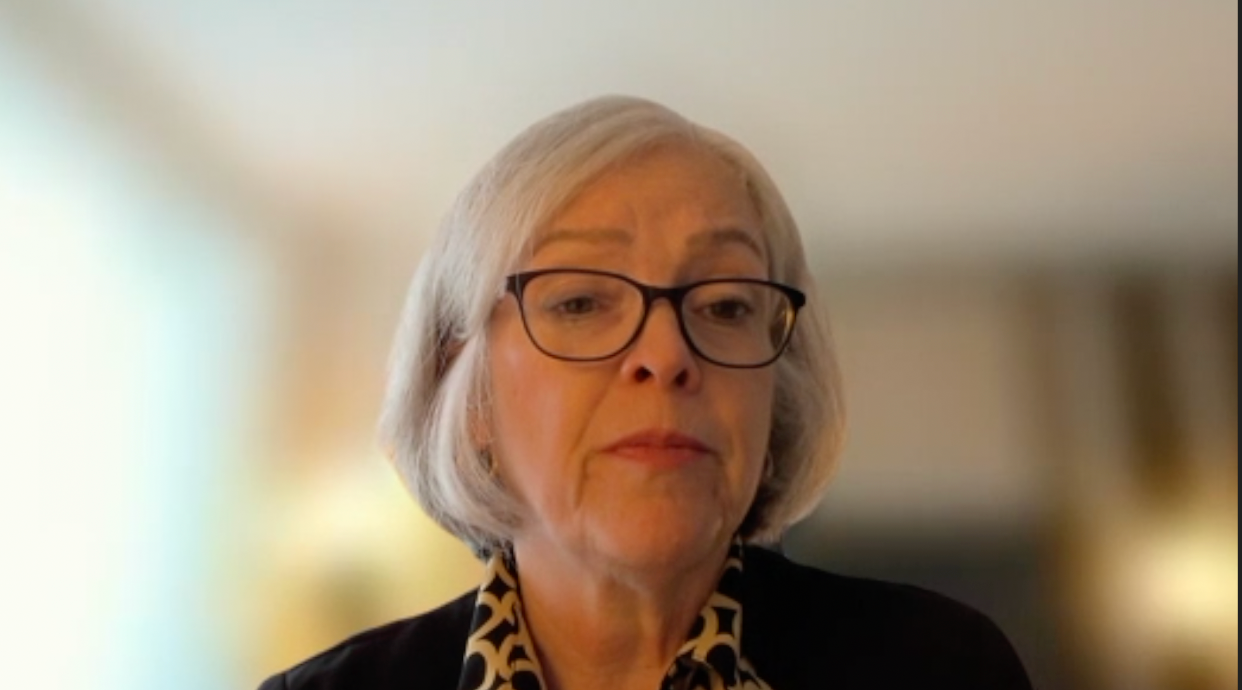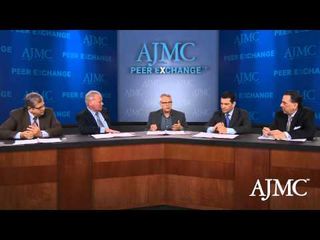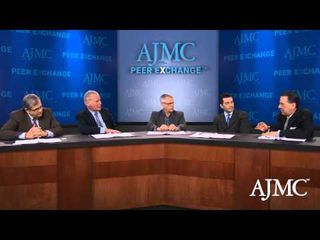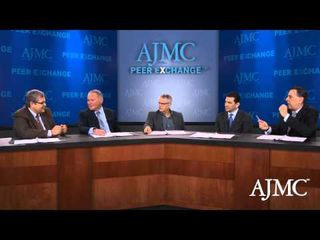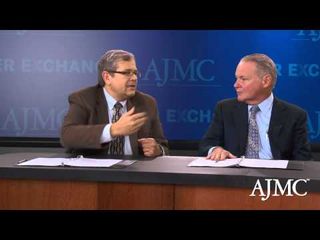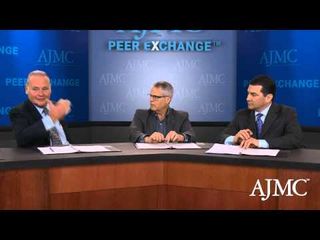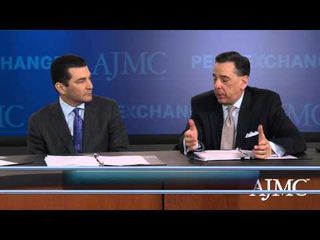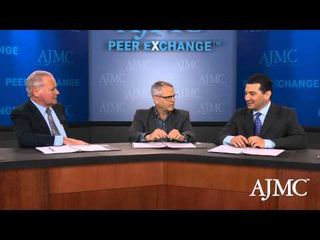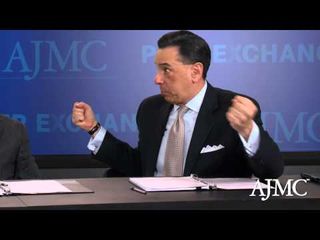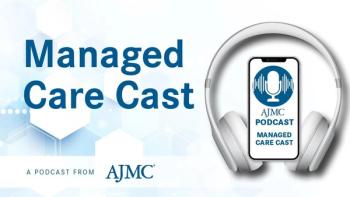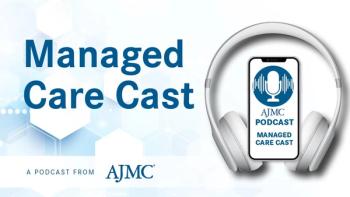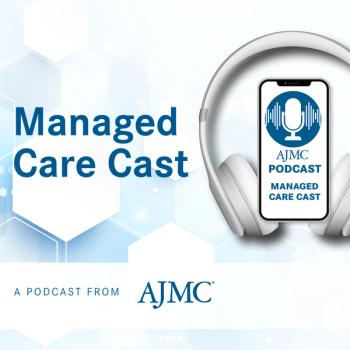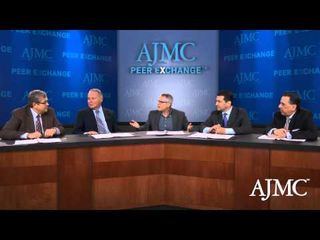
Insurance
Latest News
Video Series

Latest Videos
Podcasts
CME Content
More News

Infliximab biosimilars created price competition causing insurance claims costs for infliximab originator and infliximab biosimilars to decrease, generating significant savings to the health care system.

Research reveals that Medicaid accountable care organization (ACO) designs significantly impact maternal health outcomes, highlighting the importance of structural partnerships in care delivery.
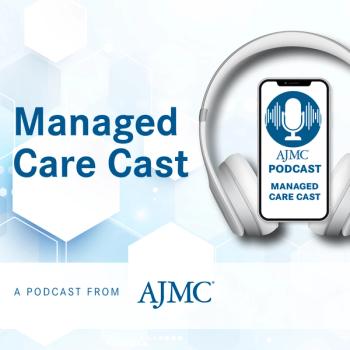
Laxmi Patel of Savista discusses how the Budget Reconciliation Act could widen Medicaid coverage gaps and strain hospitals across states.

Prior authorizations for health plans will soon implement AI to streamline the process and potentially improve patient outcomes.

Today, Amgen announced the launch of AmgenNow, a direct-to-patient program offering evolocumab (Repatha) at nearly 60% below the current US list price.

This article examines how prices, insurer payments, and patient payments for outpatient surgeries differ by site of care and network status.

Research highlights disparities in anti-obesity medication use and metabolic and bariatric surgery.

Among Medicare Advantage enrollees, the mortality of Hispanic enrollees in Puerto Rico was significantly higher than that of Hispanic enrollees in the US during 2010-2022.

This national study of neonatology services found no clear evidence that state surprise billing regulations influenced prices or provider network participation for the commercially insured.

To mark the 30th anniversary of The American Journal of Managed Care, each issue in 2025 includes a special feature: reflections from a thought leader on what has changed—and what has not—over the past 3 decades and what’s next for managed care. The October issue features a conversation with Ge Bai, PhD, CPA, professor of accounting at Johns Hopkins Carey Business School and professor of health policy and management at Johns Hopkins Bloomberg School of Public Health in Baltimore, Maryland.

An eHealth survey revealed widespread confusion, low awareness of 2026 Medicare plan changes, and growing interest in artificial intelligence support.
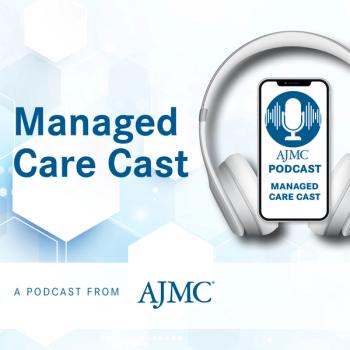
Tory M. Wolff, MBA, discusses his study showing that frequent routine primary care visits may lower costs for higher-risk commercially insured adults.

Experian Health’s 2025 State of Claims survey shows rising denial rates, data errors, and low artificial intelligence adoption despite providers’ belief in its potential.

Laxmi Patel urges rural hospitals to align leadership early and build logic models to show how transformation funds can drive access, equity, and sustainability.

Laxmi Patel explains how providers can meet potential new Medicaid documentation requirements without harming patient access.

A RAND report shows Medicare’s 3-year insulin savings model cut costs, improved access for beneficiaries, and offers lessons for future drug pricing reforms.

Laxmi Patel urges hospitals to embed financial screening and simplify payment options to prepare for rising levels of uninsured patients from Medicaid changes.

The program works by embedding Medbridge’s Pathways platform into Marathon’s MoveWell MSK program and advanced primary care model.

Medicare beneficiaries with near low income struggle most with health care affordability, highlighting gaps in financial assistance programs.

Same-sex couples now report higher insurance coverage than different-sex couples, but disparities by income, geography, and marital status remain.

Laxmi Patel explains how Medicaid reforms could increase uncompensated care and the burden on hospitals, and how technology can help automate workflows.

Laxmi Patel discusses proposed Medicaid reforms in HR 1, including work rules, coverage limits, and state-level risks for vulnerable populations.

A secret shopper survey (N = 8306) in Pennsylvania’s Affordable Care Act (ACA) Marketplace found inconsistencies between carrier regulatory filings and provider directories, frequent inaccuracies in regulatory filings, and challenges in securing timely appointments.

This study of community health workers as clinical extenders demonstrates significant cost savings in managing chronic conditions among Medicaid beneficiaries.

Pulse of the Purchaser 2025 survey results showed the use of transparent PBMs more than doubled in just 1 year, from 12% to 31%.

